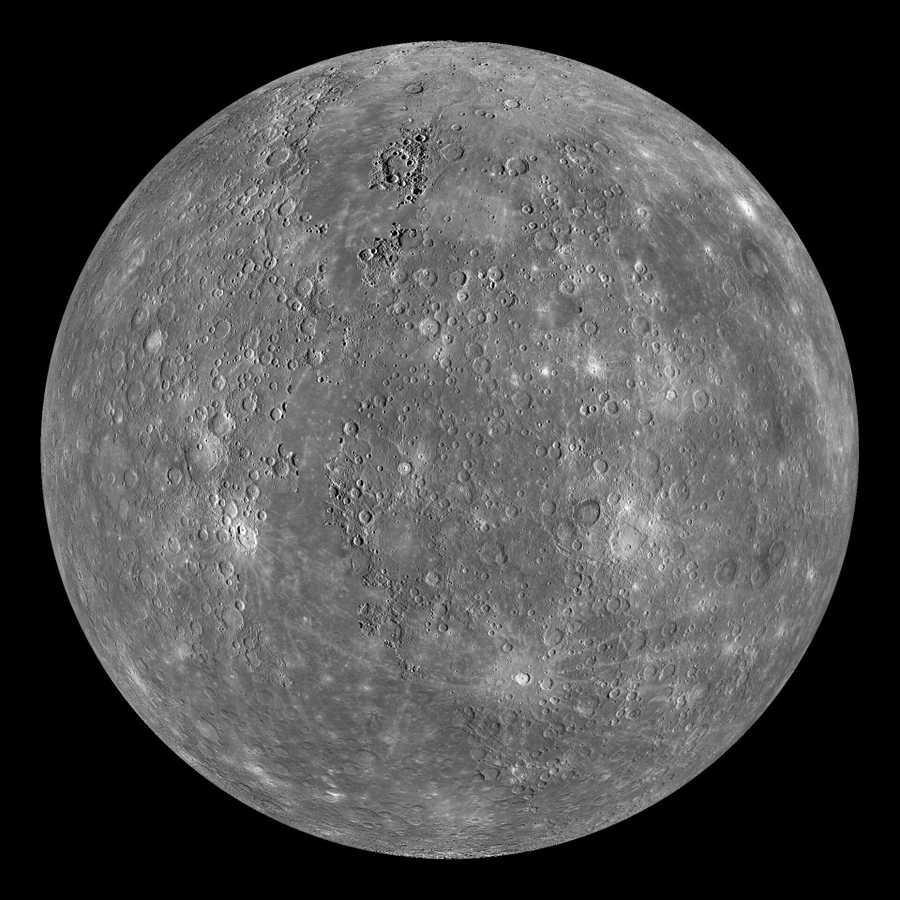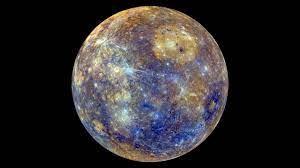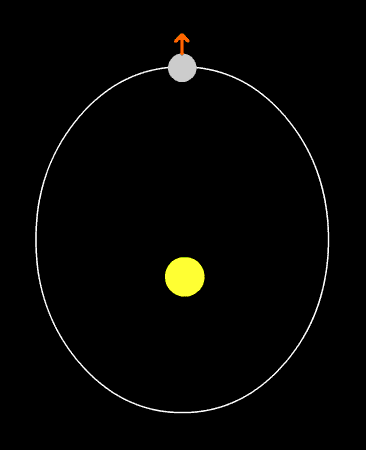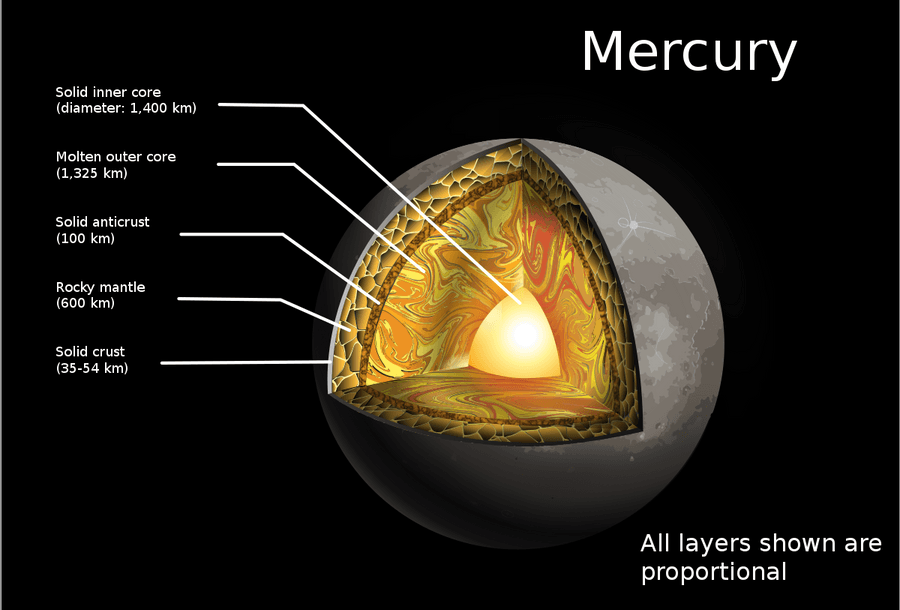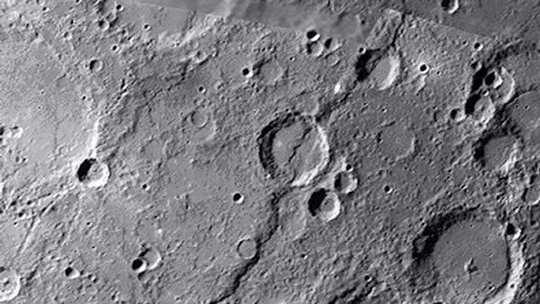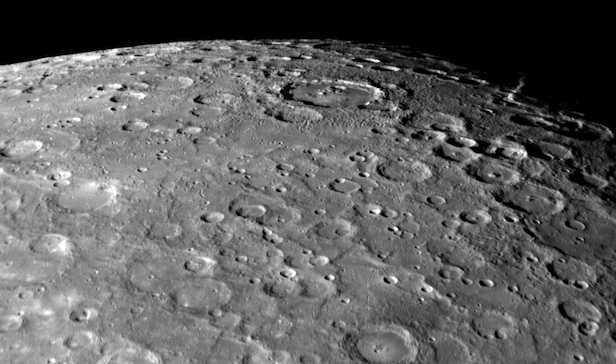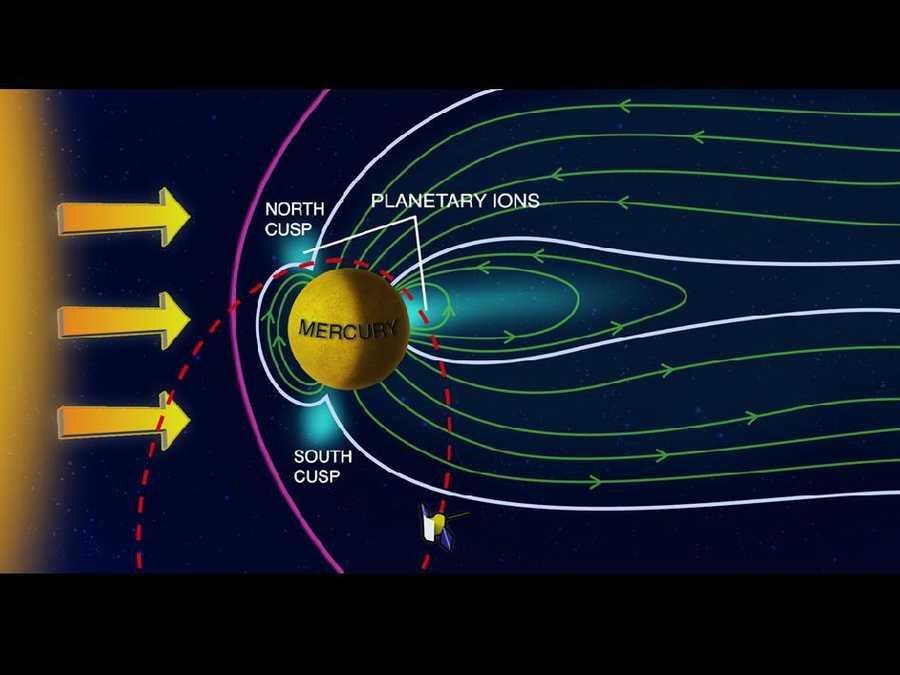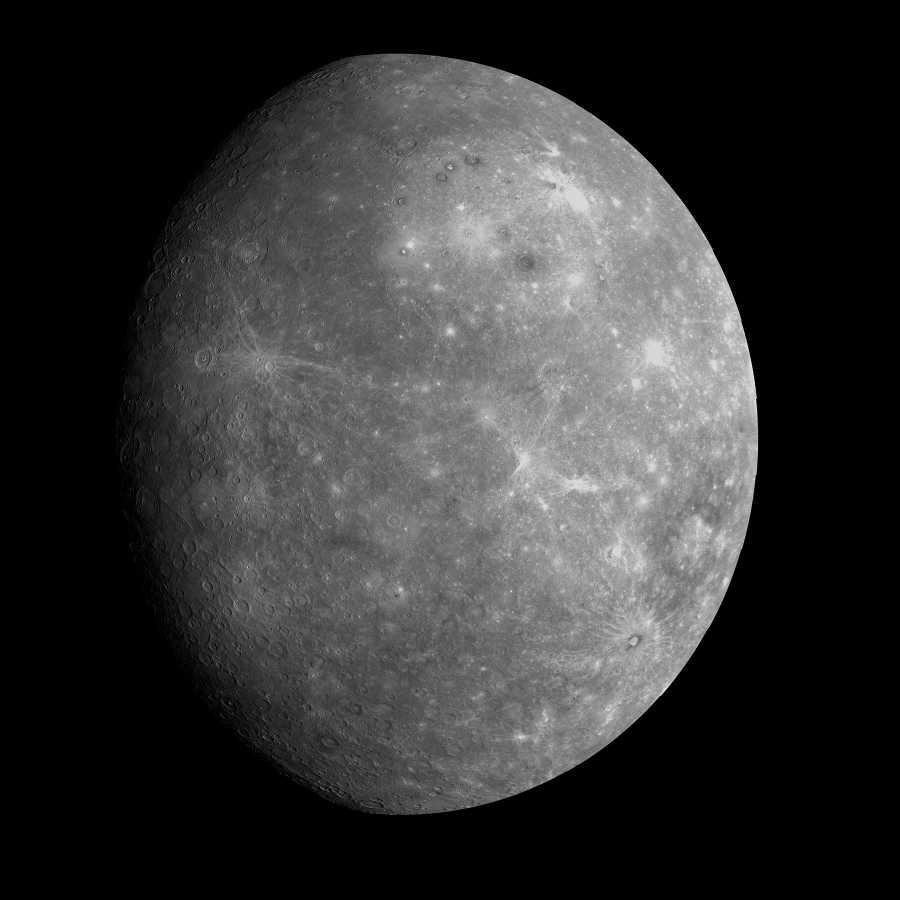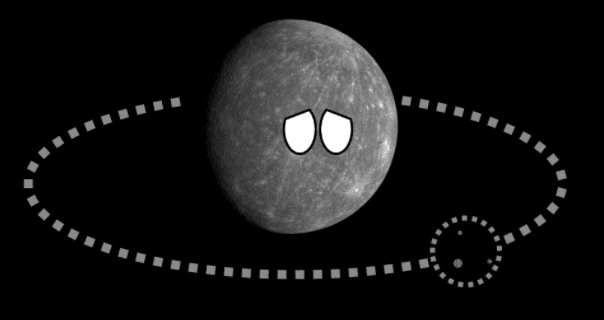Explore the World's Best Ideas
Join today and uncover 100+ curated journeys from 50+ topics. Unlock access to our mobile app with extensive features.
Mercury
The smallest planet in our solar system and nearerst to the Sun,
Mecury is only slightly larger than the Earth's Moon. From the surface of Mercury, the sun would appear more than three times as large as it does when viewed from Earth, and the sunlight would be as much as seven times brighter.
Despite its proximity to the Sun, Mercury is not the hottest planet in our solar system – that title belongs to nearby Venus, thanks to its dense atmosphere.
Mercury is the fastest planet, zipping around the Sun every 88 Earth days.
Mercury is appropriately named for the swiftest of the ancient Roman gods.
79
979 reads
Quick facts
Day: 176 Earth days
Year: 88 Earth days
Radius: 1,516 miles | 2,439.7 kilometers
Planet type: Terrestrial
Temperature: 800 degrees Fahrenheit, 430 degrees Celsius/ -290 degrees Fahrenheit minus -180 degrees Celsius
Moons: No moons
50
502 reads
Size and distance
With a radius of 1,516 miles (2,440 kilometers), Mercury is a little more than 1/3 the width of Earth.
If Earth were the size of a nickel, Mercury would be about as big as a blueberry.
From an average distance of 36 million miles (58 million kilometers), Mercury is 0.4 astronomical units away from the Sun. One astronomical unit (abbreviated as AU), is the distance from the Sun to Earth. From this distance, it takes sunlight 3.2 minutes to travel from the Sun to Mercury.
46
315 reads
Orbit and rotation
Mercury's highly eccentric, egg-shaped orbit takes the planet as close as 29 million miles (47 million kilometers) and as far as 43 million miles (70 million kilometers) from the Sun. It speeds around the Sun every 88 days, traveling through space at nearly 29 miles (47 kilometers) per second, faster than any other planet.
Mercury spins slowly on its axis and completes one rotation every 59 Earth days. But when Mercury is moving fastest in its elliptical orbit around the Sun (and it is closest to the Sun), each rotation is not accompanied by a sunrise and sunset like it is on most other planets.
The morning Sun appears to rise briefly, set and rise again from some parts of the planet's surface. The same thing happens in reverse at sunset for other parts of the surface. One Mercury solar day (one full day-night cycle) equals 176 Earth days—just over two years on Mercury.
Mercury spins nearly perfectly upright and so does not experience seasons like many other planets do.
48
198 reads
Structure
Mercury is the second densest planet, after Earth. It has a large metallic core with a radius of about 1,289 miles (2,074 kilometers), about 85 percent of the planet's radius.
There is evidence that it is partly molten, or liquid. Mercury's outer shell, comparable to Earth's outer shell (called the mantle and crust), is only about 400 kilometers (250 miles) thick.
45
240 reads
Formation
Mercury formed about 4.5 million years ago when gravity pulled swirling and dust together to form this small planet nearest the Sun. Like its fellow terrestrial planets, Mercury has a central core, a rocky mantle and a solid crust.
47
224 reads
Surface
Mercury's surface resembles that of Earth's moon, scarred by many impact craters resulting from collisions with meteoroids and comets. Craters and features on Mercury are named after famous deceased artists, musicians or authors.
Temperatures on the surface of Mercury are extreme, both hot and cold. During the day, temperatures on Mercury's surface can reach 800 degrees Fahrenheit (430 degrees Celsius). Because the planet has no atmosphere to retain that heat, nighttime temperatures on the surface can drop to minus 290 degrees Fahrenheit (minus 180 degrees Celsius).
Mercury may have water ice at its north and south poles inside deep craters, but only in regions of permanent shadow. There it could be cold enough to preserve water ice despite the high temperatures on sunlit parts of the planet.
45
173 reads
Atmosphere
Instead of an atmosphere Mercury possesses a thin exosphere made up of atoms blasted off the surface by the solar wind and striking meteoroids. Mercury's exosphere is composed mostly of oxygen, sodium, hydrogen, helium and potassium.
43
188 reads
Magnetosphere
Mercury's magnetic field is offset relative to the planet's equator.
Though Mercury's magnetic field at the surface has just one percent the strength of Earth's, it interacts with the magnetic field of the solar wind to sometimes create intense magnetic tornadoes that funnel the fast, hot solar wind plasma down to the surface of the planet.
When the ions strike the surface, they knock off neutrally charged atoms and send them on a loop high into the sky.
45
160 reads
Potential for life
Mercury's environment is not conductive ot life as we know it The temperatures and solar radiation that characterize this planet are most likely too extreme for organisms to adapt to.
44
207 reads
IDEAS CURATED BY
I'm passionate about helping people live their best lives. I'm a lifestyle coach & burnout coach.
Rogier. H's ideas are part of this journey:
Learn more about health with this collection
Basic survival skills
How to prioritize needs in survival situations
How to adapt to extreme situations
Related collections
Similar ideas
12 ideas
In Depth | Saturn – NASA Solar System Exploration
solarsystem.nasa.gov
12 ideas
In Depth | Uranus – NASA Solar System Exploration
solarsystem.nasa.gov
13 ideas
In Depth | Mars – NASA Solar System Exploration
solarsystem.nasa.gov
Read & Learn
20x Faster
without
deepstash
with
deepstash
with
deepstash
Personalized microlearning
—
100+ Learning Journeys
—
Access to 200,000+ ideas
—
Access to the mobile app
—
Unlimited idea saving
—
—
Unlimited history
—
—
Unlimited listening to ideas
—
—
Downloading & offline access
—
—
Supercharge your mind with one idea per day
Enter your email and spend 1 minute every day to learn something new.
I agree to receive email updates

